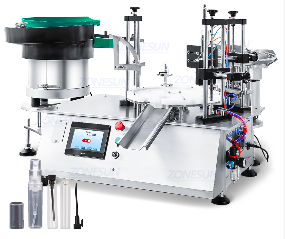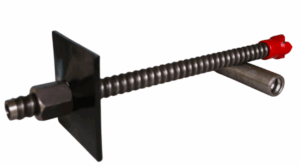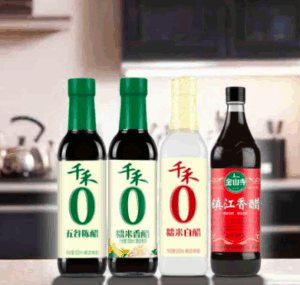In the age of smartphones, phone cases have become more than just protective accessories—they’re a reflection of personal style and brand identity. Whether you prefer sleek, minimalist covers or rugged, shockproof designs, producing a premium phone case involves a complex, detail-oriented process. Understanding this process can help you choose the right phone case manufacturer and make informed decisions when developing your product line.

Table of Contents
Toggle1. Concept and Design
Every high-quality phone case begins with a well-thought-out design. Designers create sketches and 3D renderings that reflect both aesthetics and functionality. Factors like material type, thickness, grip texture, and compatibility with wireless charging are all considered at this stage. A reliable phone case manufacturer will often offer professional design support to transform your idea into a manufacturable product.
2. Material Selection
The choice of material directly impacts the durability, flexibility, and cost of the phone case. Common materials include:
- TPU (Thermoplastic Polyurethane)– flexible and shock-absorbent
- PC (Polycarbonate)– rigid and impact-resistant
- Silicone– soft and grippy
- Leather or Vegan Leather– for a premium look
- Biodegradable materials– for eco-conscious brands
An experienced phone case manufacturer will guide you in selecting the appropriate materials for your target market and use case.
3. Mold Making
Once the design and materials are confirmed, the next step is creating the mold. This precision-engineered tool is used to shape the raw materials into the final form. Mold-making involves CNC machining and can take several days depending on complexity. Although it’s a significant upfront cost, molds are reusable for thousands of units, making them essential for mass production.
4. Injection Molding or Compression Molding
For plastic and silicone cases, the manufacturing process typically involves injection molding. In this step, heated material is injected into the mold under high pressure. After cooling, the case is ejected and trimmed. This method ensures consistency, precision, and efficiency in large-scale production. Compression molding, used for silicone or rubber cases, follows a similar concept but applies pressure to shape the material.
5. Surface Finishing
To enhance the look and feel of the product, the cases go through various surface treatments. These may include:
Polishing or matte coating
UV printing for vibrant graphics
Laser engraving for logos or text
Hydrographics for full-wrap designs
These finishing touches add uniqueness and brand identity, and a skilled phone case manufacturer will ensure uniformity and durability in the final finish.
6. Quality Control and Inspection
Before packaging, each case undergoes strict quality control checks. This includes visual inspections, drop tests, fit tests on actual phone models, and checks for deformities or discoloration. A high-end phone case manufacturer follows ISO or BSCI standards to maintain product reliability across batches.
7. Packaging and Shipping
The final step is packaging, which varies by brand requirements. Manufacturers can provide standard blister packs, custom boxes, or eco-friendly options. Well-designed packaging not only protects the product but also enhances brand appeal. After this, the products are boxed, labeled, and shipped to distributors or retailers worldwide.
Conclusion
Behind every sleek phone case is a highly coordinated process that blends design, engineering, and quality assurance. From material selection to mold creation and finishing, each step requires expertise and attention to detail. Partnering with a trusted phone case manufacturer ensures that every case you offer meets the expectations of your customers.
Whether you’re launching a private-label brand or scaling an existing one, understanding the manufacturing journey helps you make better choices and ultimately deliver a product that stands out in a crowded market.
0





